We have returned from our trip, a bit road weary, but nonetheless filled with memories of time spent with friends and family. This post will focus on the beautiful Plantation Homes of Louisiana.
I was recently thinking about the blessed French and their great tradition of taking a month-long holiday in August. Although my son’s school will start next Monday here in Phoenix, I thought this blog could serve as a literary traveling holiday for the next few weeks.
Plantation Homes
Last March my lovely and preciously giving cousin sent me a plane ticket to visit her and her wonderful family. In making sightseeing plans we studied a map of the Louisiana River Road and decided to visit plantations #14 and #20.
Oak Alley Plantation
My delightful host was keen to show me the loveliness that abounds in the Pelican state.
I think one can instantly see our familial resemblance as we stand near the front entrance of Oak Alley Plantation. It was inspiring to be surrounded by 300-year-old oak trees. My cousin, as always, is classy and understated. I, on the other hand, am graphically loud in my giraffe print coat.

Oak Alley Plantation features a home which was built by George Swainey between 1837~ 1839 for Jacques Telesphore Roman. Mr. Roman’s father in law, Joseph Pilie, was an architect and many believe he designed the Greek Revival home which features a symmetrical facade, narrow windows surrounding the front door, a lovely cornice and of course 28 Doric columns.
The interior is even more impressive. The floor plan surrounds a long central hall with the main and backdoors situated on each end. (Photography is not permitted and I was informed this after I had already taken a few photos. Oops! At least I knew not to use a flash.)
The Sugar King of Louisiana
Mr. Roman achieved his wealth primarily as a sugar planter. His brother, Andre, was the ninth governor of Louisiana. His sister, Josephine, was married to the “Sugar King of Louisiana”, Francois Gabriel “Valcour” Aimewas. It was Aimewas who sold the land, which featured a double row of oak trees planted many years prior, to Roman. Jacques and his wife, Celina delighted in building and furnishing the home to show off their extravagant wealth.

Oak Alley Plantation was originally named Bon Séjour (Good Stay). The most prominent feature of the dining room is the harp-shaped fan which was operated by a servant pulling a long tassel. I imagine that any dinner guest would consider their visit a good stay.

The second floor consists mainly of bedrooms and features a balcony from which you can see the Mississippi River. The estate grounds are also quite extensive and lovely. The specialty of the adjoining restaurant is Southern Cuisine washed down with mint juleps.
Laura Plantation
From there we traveled to the “Laura” plantation. This home was on my “must see” list for obvious reasons.
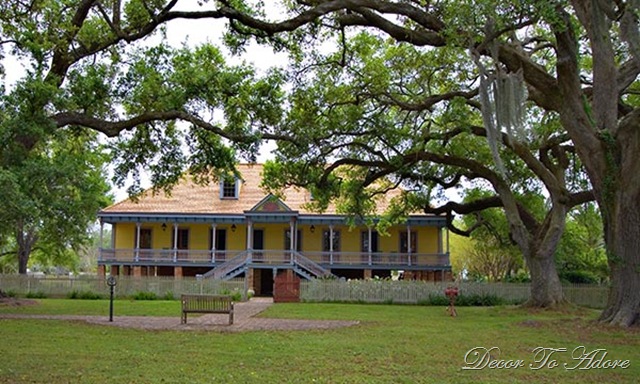
In 1804 Guillaume Duparc, a French naval veteran of the American Revolution petitioned Thomas Jefferson for a property. Successful in his attempts, he was awarded 12,000 acres upon which construction of the plantation home was completed in 1805.
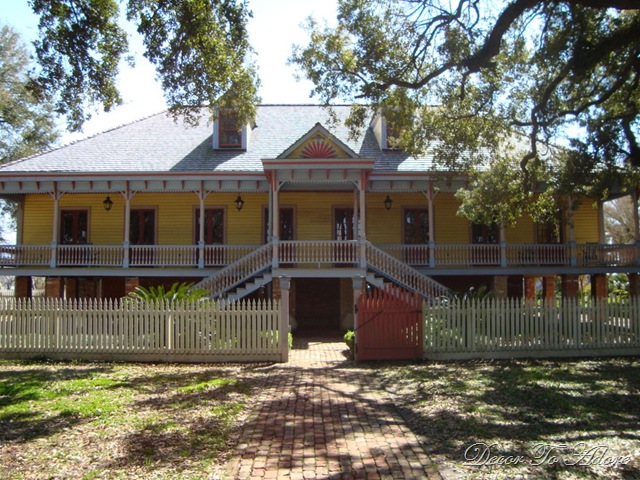
The plantation was originally named l’habitation Duparc. Duparc’s great-granddaughter, Laura Locoul Gore, wrote about life on the Creole sugar plantation and its name was subsequently changed. She is shown here at the age of 25 dressed in Mardi Gras finery.
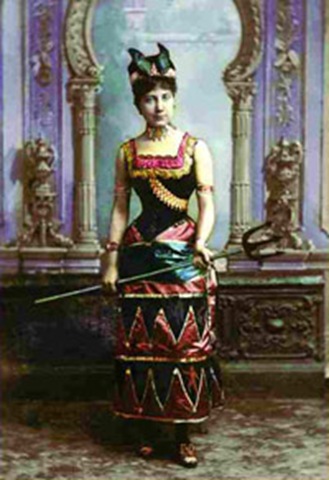
It is believed that the home was constructed by enslaved artisans of Senegalese descent. The structure was raised high above the ground by an 8-foot brick foundation that housed the basement. The woodworking is a marvel to behold.
The Manor House
The manor house was painted in shades of ochre, red, green and pearl. Many of the decorative elements of the home came in the form of paint treatments such as the detailing on the door below.
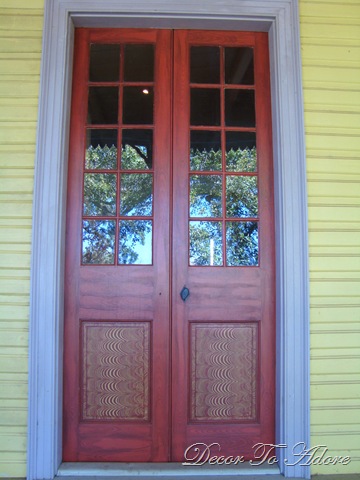
In the basement are life-sized images of Guillaume Duparc and his wife Nanette Prud’Homme. Nanette, upon her husband’s death in 1808, ran the plantation. It was not unusual for Creole women to hold such positions as the culture was based on class, instead of the more common restrictions of race or sex.
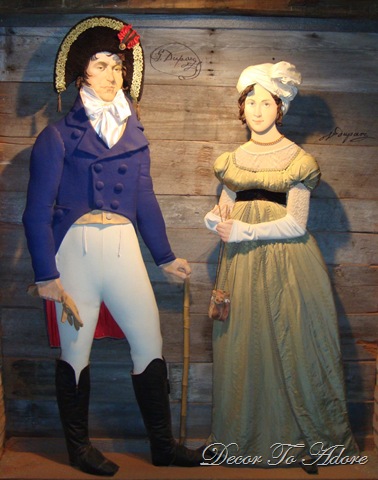
The basement was built using local red brick. It served as their refrigeration and storage system.
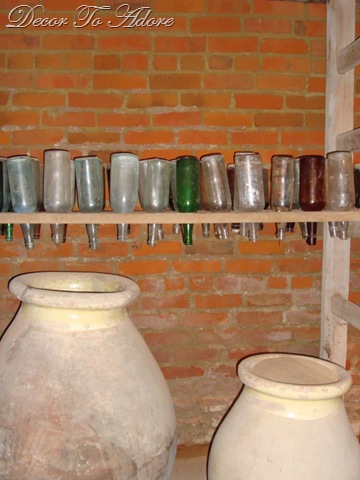
The construction of the home was based on prefabricated methods. The artisan workers, not knowing how to read, created a numbering system to build the home. Their marks are still visible today.
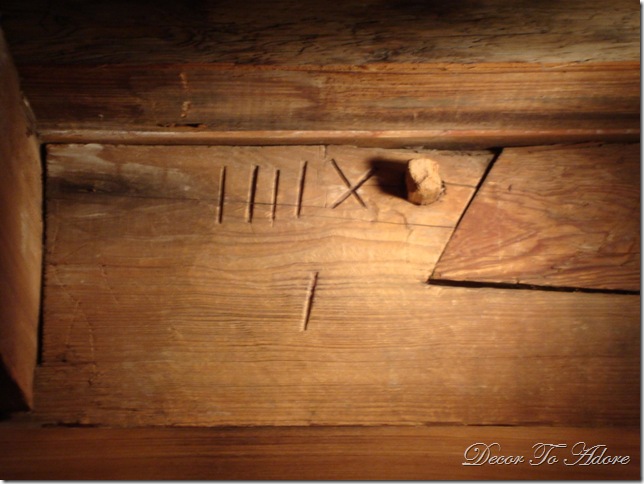
The skill of the craftsmen is quite evident in the interiors as well. Here again, you see a simple door elevated through the use of paint.
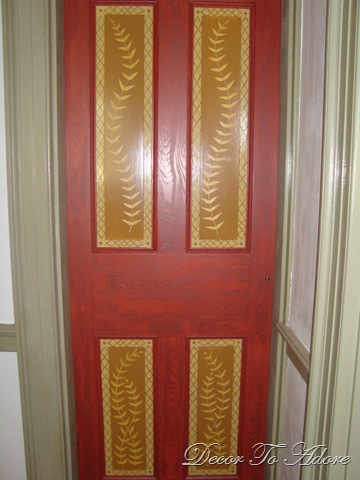
Clean simple lines, bright colors and well-made furniture are the hallmarks of this home.

This blanket chest made me gasp in its simplistic loveliness. Truly it is the color itself that caught my eye and no doubt has spurred countless others to recreate a similar look.
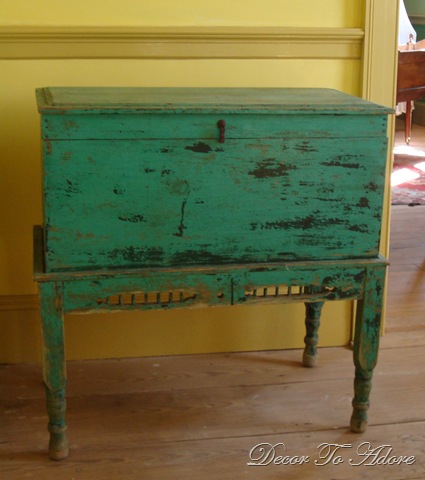
Easy elegance continues on in the dining area.
A Sweet Nursery
The nursery contains several wee beds that are a precious delight.
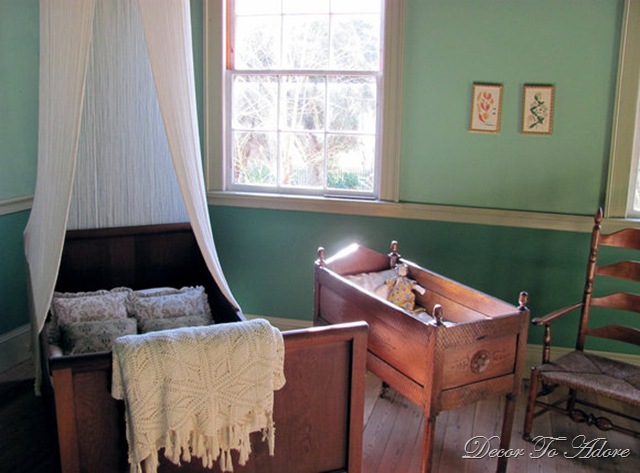
This crib, in particular, caught my fancy, as did the paint scheme in the room.
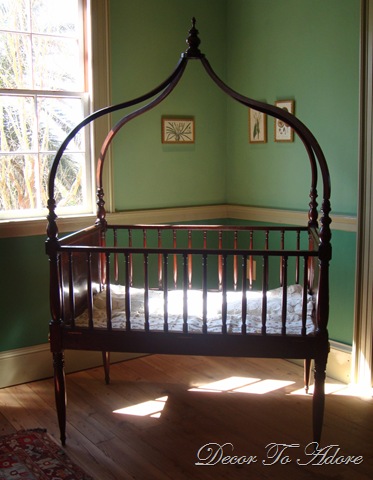
In the back of the house are a few additional structures. The surrounding land was at one time dotted with over 100 buildings and homes. Their existence is now only evident by the simple foundations that remain.
Historic Cabins
In stark contrast to the manor house are the remaining 4, of the once 69, cabins that held enslaved laborers.
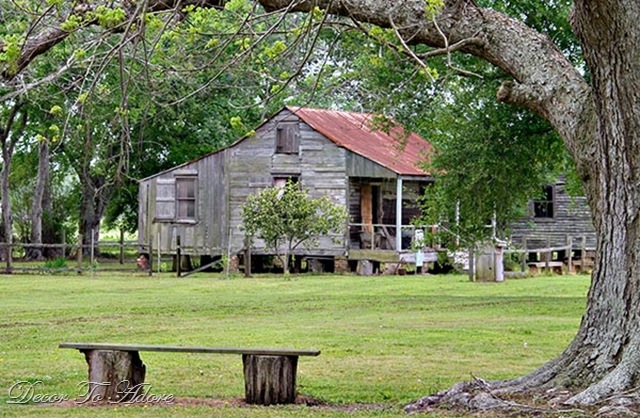
Before the Civil War, these small cabins each housed two families and were surrounded by a vegetable garden and chicken coop or pig pen.
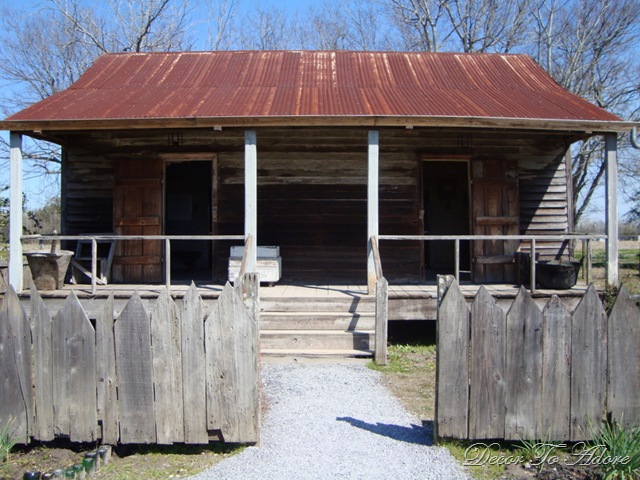
It gave me an emotional pause when I noticed that the flower beds were lined with old bottles. Even in the midst of such horrific conditions, the human spirit still searched for beauty.
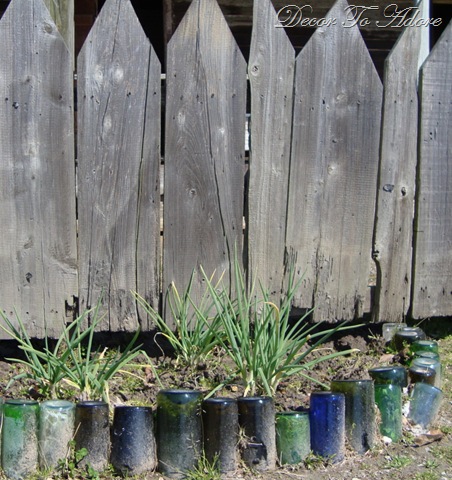
The cabins contained no electricity or indoor plumbing. I was shocked to learn that sugarcane workers lived in the cabins until 1977.
Br’er Rabbit
For those of you familiar with the tales of Br’er Rabbit, the cabins hold great significance. The stories were written down by Alcée Fortier in the 1870s after hearing the ancient west-African folktales, known as “Compair Lapin” (French for Clever Rabbit) told time and again within the cabins. He later published the tales in 1894. One year later, Fortier’s friend, Joel Chandler Harris, published the stories in English as the Tales of Uncle Remus which was well received and eventually led to Disney’s The Song of the South.
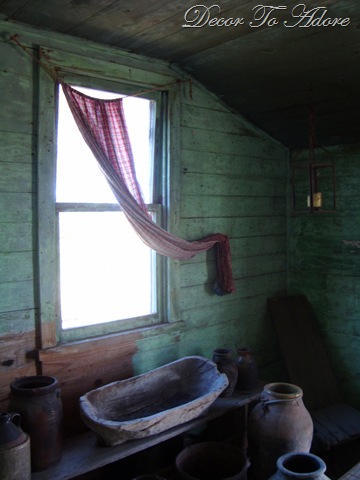
Again I was overcome with the knowledge that even in the midst of such abominable circumstances, there were parents telling folktales to their children.
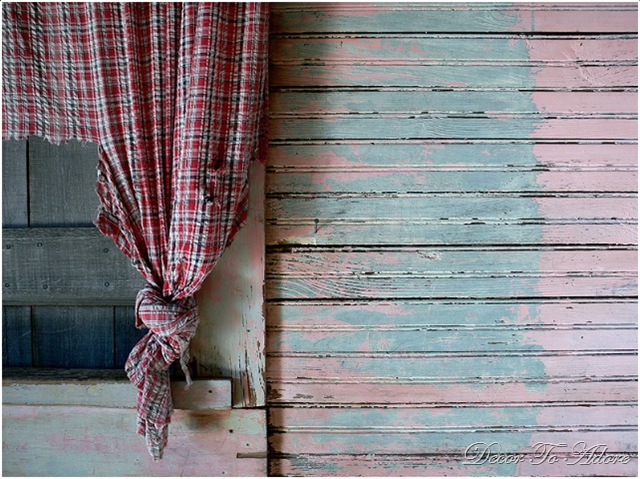
“Darkness cannot drive out darkness; only light can do that. Hate cannot drive out hate; only love can do that.” ~ Martin Luther King Jr.
Seek beauty, search for love.
Laura
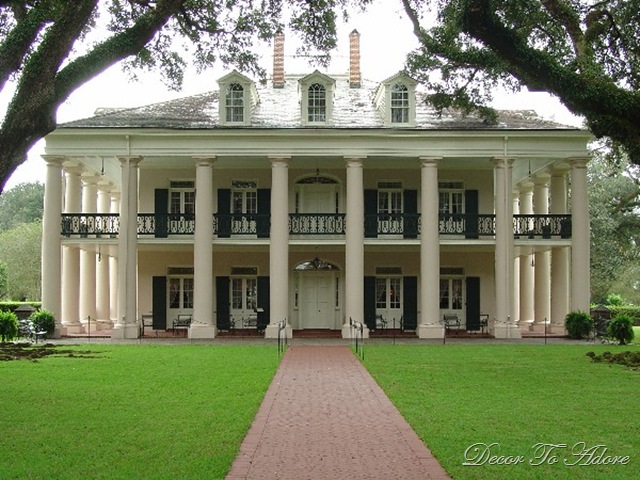
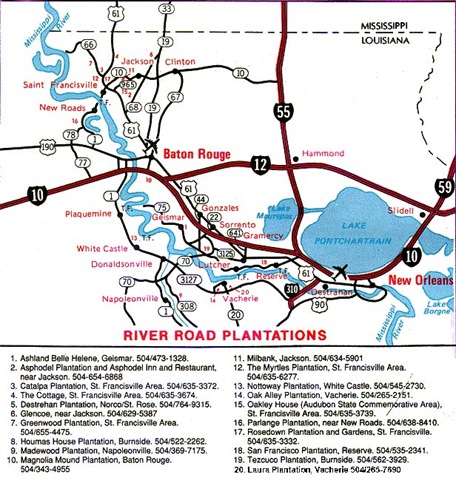

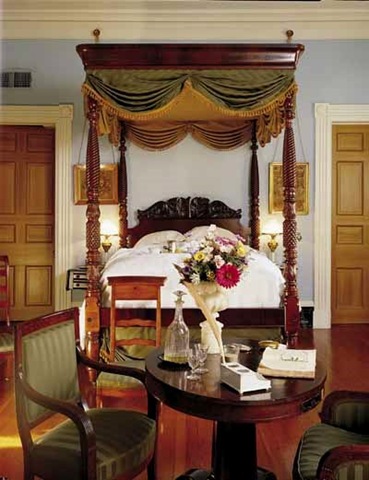
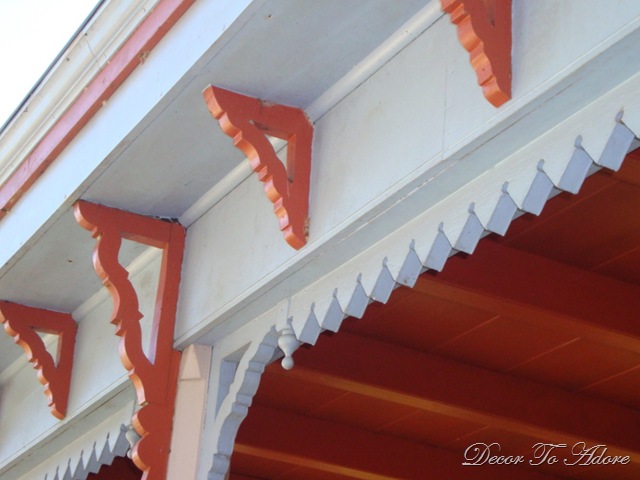
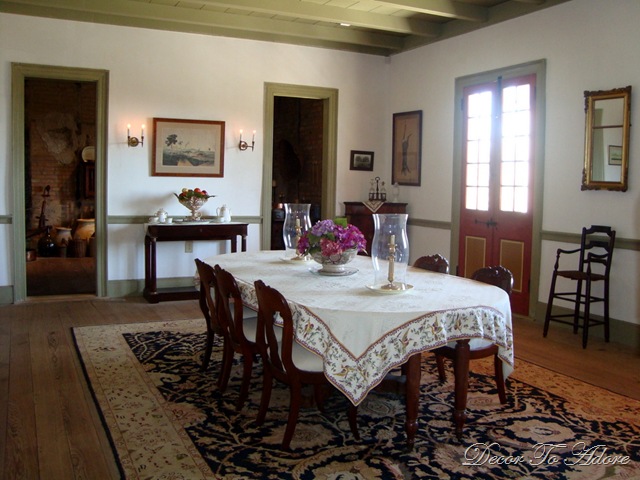
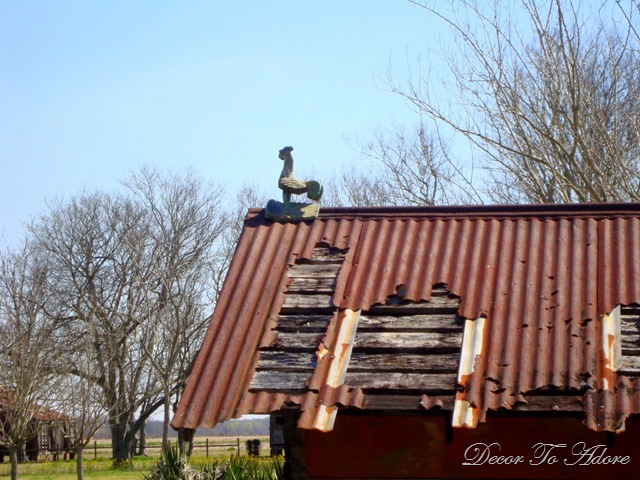
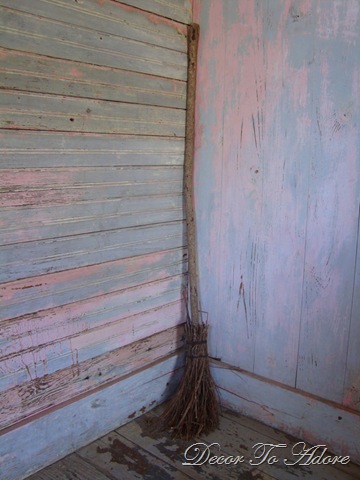
Thank you for sharing your trip with us… I felt like I was walking alongside you!
Gorgeous photos!!! I've been to Oak Alley and it is truly stunning. I love to tour old southern homes and plantations. Thanks for the pics!
So glad you are back from your trip!! Looks like you had an AMAZING time!! I loveeeeeeeeeeeeeee the photos…and I love your giraffe jacket! :):):):):):):):):):):):):):):):):):)
Thank you very much for sharing your trip and pictures. I read and looked at the pictures with fascination. A great post, thank you again.
I enjoyed sharing your trip through these lovely plantation homes!
Thank you Laura!
such an inspiring and enlightening post..
just so delightful and enjoyable . to be there , touring with you!!
simply eloquent!
thanks for sharing..
warm sandy hugs!
Loui♥
Good Morning Laura Sweetie…
Welcome back. I am so happy that you were able to go and spend time with family and get out of the HOT city.
What beauty you have shared this morning. I so love the “Laura” plantation. what beauty it holds. I love the chest, that color is TDF. I love the little stand that it sits upon. I also loved the nursery. The cradle tugged at my heart. Many babies were rocked in it I am sure. I love it.
I was shocked to hear that sugarcane workers actually still lived in that cabin in 1977. My gosh can you imagine.
What a beautiful idea to line their walkway with the colored bottles. That is just beautiful.
Great photos sweet friend. Such a wonderful share today. Thank you for taking me along. I so enjoyed my visit.
Country hugs sweetie…Sherry
What a remarkably touching post. Thank you so much for sharing.
Blessings and light,
Charmaine
I've never visited any of the Southern plantations, so I enjoyed the tour. Simple yet grand. Interesting part of American history, and of course I love the French references!
Lovely post – perfect MLK quote, just perfect.
My daughter lived in New Orleans during her freshman year of college (Katrina brought her back home) and she visited the Laura Plantation. She brought back a few photos and the brochure and I enjoyed looking at it but this tour was WONDERFUL. Full of imagery and history. It was a lovely trip to take this morning. Thanks for sharing.
Great photos! I'm inspired by many of the paint techniques, and by the glass bottle flower bed border. That would look so cute and current today!
Hey Laura, I missed you and I'm so glad you're back sharing again! I kept checking your blog to see if you were home, so I was extra happy today to find you here and with such wonderful photos too! What a treat to see those old plantations..so lovely. I am always saddened at the stories of slaves…it just breaks my heart to know that people once “owned” people. 🙁 One can never truly be owned, as long as your spirit and mind are given a moment to soar. That's what I think anyway. 🙂
So glad you're back and can't wait to see more!
Blessings
Missy
i love plantation homes! i've toured some in south carolina, mississippi, and arkansas. random observation: my husband's best friend's middle name is telesphore just like that plantation owner. he is the 4th with the same full name, and is from new orleans. i wonder if they are related. surely that isn't a common name.
Welcome back!
Fascinating post.
It looks like you had a wonderful time. The Plantation homes are just lovely! We visited a few In Charlestown SC a few years back. Thank you for sharing!
xx
Karen
Ooh-ooh-ooh!
{Hand in the air}
I've BEEN to Oak
Alley….the April
before Katrina hit
NOLA….my mom and
I take a trip somewhere
every spring for a
few days together and
we did this drive!!!
We are both big
historic home buffs…
and this one doesn't
disappoint, does it?
Sooo glad you are home
safe and happy, my
friend! I'm off on
my “summer hols” as
my friend from New
Zealand calls it ~
on Thursday. Can't
wait!!! How did
Minnesota treat 'cha?
xx Suzanne
Thank you for taking me along on your beautiful trip to New Orleans plantations…I love best of all, the Laura House.
I wish I could get a crib like that for my grand babies!!!
Even though you were not allowed to take photographs,I must say you did well with your shots, with out a flash yet!…What kind of cammera do you have???
Lovely post
Blessings to you…
Looks like you had a lovely trip! I love Oak Alley Plantation…I love Gone With the Wind, so that's probably why since they used that as one of the settings in the movie : ) I'm glad you were able to sneak in some photos of the interior! Thanks for taking me back down memory lane! I haven't been there since I was a kid!
Thank you for sharing your trip with us thru your camera lens. I felt like I was there.
Laura,
The first plantation is no less than magnificent. I can only imagine what it must have been like in it's prime. I still have my postcard of Laura Locoul Gore and read with interest where she lived. (Sadly, slavery still exists; forced labor continues to be practiced in West and Central Africa today. It's estimated that 200,000 children from that region are sold into slavery each year.)
I will have to add the beautiful plantations of Louisiana to my must see list.
Your Friend,
Deborah
Being a Houston native New Orleans was a favored destination. We used to drive over just to go down The Old River Road & see the plantations. Oak Alley is just SO famous; I think it's been in a few movies too. I have seen almost all of them & can understand the gentility of life then. Imagine that the wonderful homes had no running water or electricity either, it wasn't just the quarters. And NO air conditioning. Can you imagine wearing those unbelievable dresses when it's so hot? My grandmother was born in Mobile, Alabama & related many stories to us. It is our past & our history. The dreadful parts will not ever be repeated. But, it is wise to remember them. A wonderful post, Laura. xx's
Welcome back my friend!! 🙂 Happy to read about your trip and to view your fascinating photographs.
As troubling as it is that the slaves lived in such homes, my own Mother and her family that included 12 children, lived in nothing better than that (with no indoor plumbing) throughout most of her childhood in southern Illinois. Her Dad was a poor tenant farmer and most of her brothers were coal miners. None of their former homes still exist as they all crumbled in time.
Looking forward to reading more about your journeys.
Great photos. Thank you for the tour. I learned several things and enjoyed your post very much.
HOw can you not love plantation homes with all of that charm and history!!!
Fascinating! Your pictures are wonderful and I love the history!
Thank you for sharing!:)
Another someday trip! 🙂
~Liz
Welcome home Laura! Can't wait to travel along with you as you recount your recent journey.
Great tour, Laura! I wonder if Harris changed up the wording or put it in his own words. I was only familiar with the tales being by Joel Chandler Harris version until I took the tour in May.